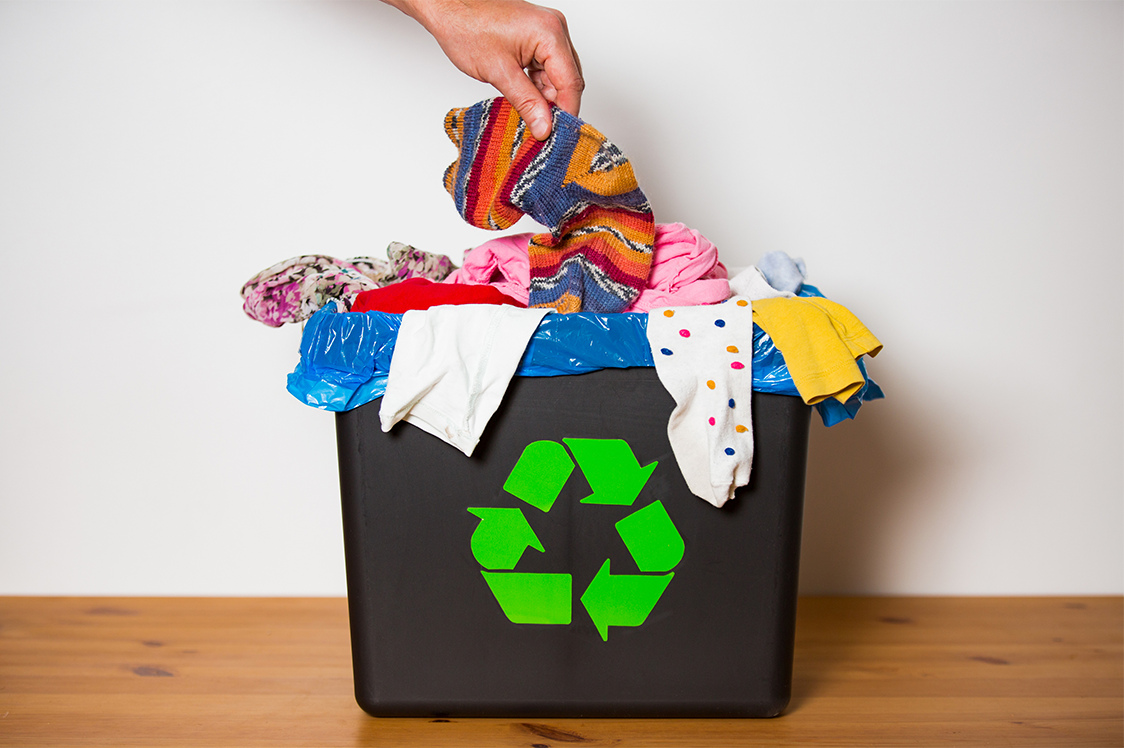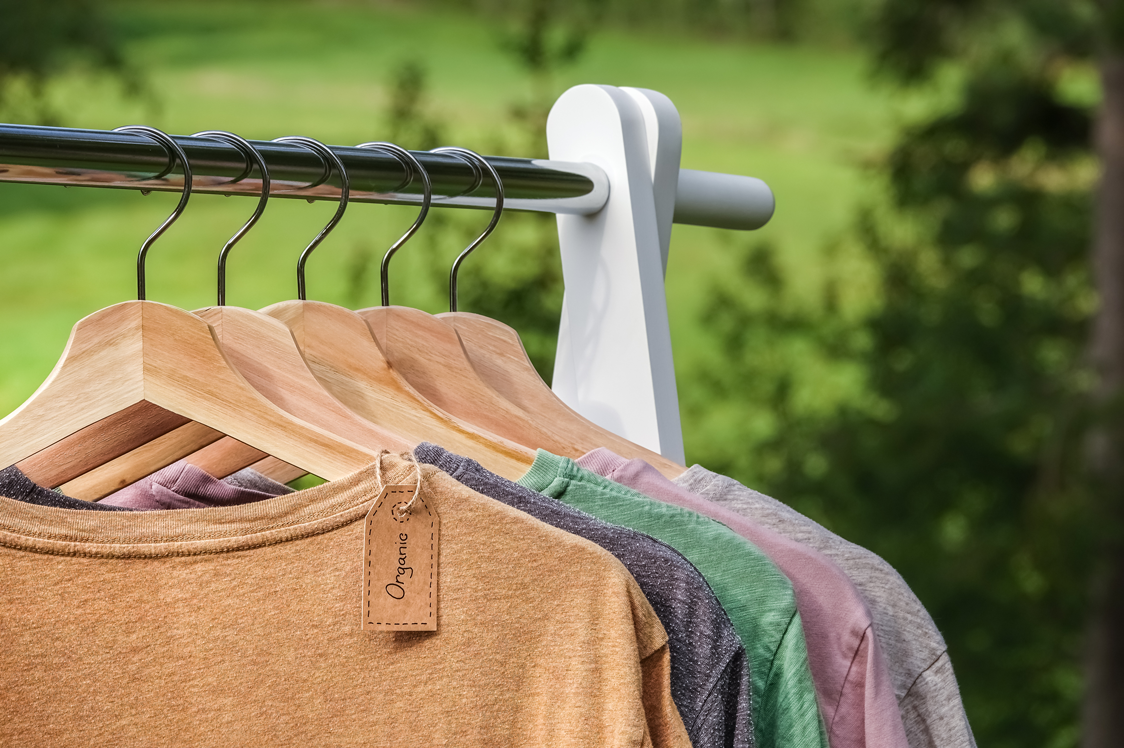NEWSLETTER
2316

The People Behind Fur – Meet the Manufacturers
Feb 17, 2021
by Vladislava Gospodinova
From father to son, from one generation to another. A fur business started after the First World War is passed down the generations to stay within the same family for more than 100 years. Different generations are now working together to combine fur craft and innovation and shape the sustainable future of fur fashion. Check out the story of this family, and its dedication to natural fur.
<iframe src="https://www.youtube.com/embed/NEnA31-MxPU" width="560" height="315" frameborder="0" allowfullscreen="allowfullscreen"></iframe>
Find out more stories like this in <strong><a href="https://www.sustainablefur.com/people/" target="_blank" rel="noopener noreferrer">this section</a></strong>.
Other Stories In This Issue
2309

EU TAKES AIM AT UNSUSTAINABLE TEXTILES
Feb 16, 2021
by Vladislava Gospodinova
The European Commission moves a step closer towards boosting the European textile and clothing supply chains’ sustainability.
The recently released roadmap on the EU strategy for textiles is set to cover wider textile and clothing ecosystems, extending to fur, leather and wool. The strategy aims to tackle overproduction and overconsumption and help the EU shift to a climate-neutral, circular economy where clothing products are designed to be more durable, reusable, repairable, recyclable. The roadmap claims to promote ‘sustainable lifestyles’, but it doesn’t explicitly reference product and materials’ longevity, which plays a central role in the circular transition.
Textiles - the fourth highest-pressure category for using primary raw materials and water, and fifth for GHG emissions, are responsible for plastic pollution and excessive textile waste. Low-quality materials, which are the backbone of fast fashion, are the <a href="https://www.sustainablefur.com/news_item/low-quality-textiles-undermine-textile-recycling/" target="_blank" rel="noopener"><strong>main hurdle for boosting textile recycling</strong>.</a> Currently, figures show that 1% of all textiles worldwide are recycled.
Boosting textile reuse was also hindered by the Covid-19 crisis that disrupted the second-hand markets for clothing - one of the few efficient ways to deal with unwanted clothing. Trying to help the sector from COVID-19, the Commission is also setting up conditions - working according to the circular economy principles, boosting environment efforts and improving traceability and transparency.
With this policymakers hope to make textile and apparel supply chains more resilient and more sustainable. Yet, the roadmap doesn’t talk about the transition towards bio-based and biodegradable materials that fit into the circular model better than synthetics.
Surprisingly, references to Green Claims and Environmental Footprint (EF) initiatives are also missing, although both will impact the textile and clothing industry's sustainability practices and communication. The lack of alignment among these policy tools could lead to legal uncertainty.
Striving to reach its net zero carbon goal and tackle pollution, the EU need to work on breaking fashion’s toxic relationship with fossil fuels. The new <strong><a href="https://changingmarkets.org/portfolio/fossil-fashion/">report by the Changing Markets Foundation</a></strong> on the dependency of fast fashion on fossil fuels states that synthetic material use has increased nine-fold in the last 50 years. This makes up for <strong><a href="https://planet-tracker.org/the-emperor-has-no-clothes-toxic-textiles-in-todays-age/">350 million barrels of oil every year</a></strong> used only to produce virgin polyester.
Until this happens, designing clothes to last longer and be repaired is the silver bullet the Commission is counting on to make fashion sustainable. This shift from the’ make-take-dispose’ model that dominates across the fashion sector requires supporting SMEs, representing a big part of the EU textile sector, to provide better repair and remanufacture services. The strategy for sustainable textiles, part of the Circular Economy Action plan, is expected to land in the autumn of this year.
2330

Greener Product for Greener Consumption
Feb 23, 2021
by Vladislava Gospodinova
As part of the <a href="https://eur-lex.europa.eu/legal-content/EN/TXT/?qid=1583933814386&uri=COM:2020:98:FIN" target="_blank" rel="noopener">Circular Economy Action Plan</a>, the European Commission proposed in 2020 that companies should substantiate their environmental claims using Product Environmental Footprint methods.
Green claims are set to increase supply chains’ transparency and drive consumers towards more green consumption patterns. And yet, environmental footprint methods currently under discussion may leave some key product features untold to consumers - longevity, functionality,<a href="https://www.sustainablefur.com/news_item/pef-needs-to-tackle-plastic-pollution/" target="_blank" rel="noopener"> plastic pollution</a>. Meanwhile, important questions remain open. Will the upstream data be granular, precise and accessible enough? Will the producers, particularly SMEs, have the right tool to respond to the consumer wishes?
The <a href="https://www.sustainablefur.com/public-affairs/" target="_blank" rel="noopener">upcoming Sustainable Fur Forum "Greener Products for Greener Consumption''</a> will look at what legislators, businesses and consumers expect from the upcoming legislation and how environmental footprint methods can be improved to provide complete and meaningful information to consumers. The online event will take place on 24 March and further details will follow in the coming weeks.
2302

COVID-19 Vaccine for Mink and Finnraccoon Underway
Jan 14, 2021
by Vladislava Gospodinova
<div class="page" title="Page 1">
<div class="layoutArea">
<div class="column">
Researchers at the University of Helsinki are working together with the <a href="https://fifur.fi/en" target="_blank" rel="noopener"><b>Finnish Fur Breeders' Association FIF</b><strong>UR</strong></a> to develop a corona vaccine for mink and Finnraccoon. The goal is to have a vaccine that protects farm animals against Covid-19 as soon as possible for widespread use and distribution.
"The SARS-CoV-2 virus, which causes the Covid-19 disease, is not just a new infectious disease that poses a serious threat to human health. Its spread to animals in agriculture, the fur industry and wildlife in Finland must be prevented quickly and effectively. This may require exceptional, very rapid action that we have seen regarding the human vaccine, says Tarja Sironen, Assistant Professor of Threatening Infectious Diseases at the <strong><a href="https://www.helsinki.fi/en/faculty-of-veterinary-medicine/faculty/department-of-veterinary-biosciences" target="_blank" rel="noopener">University of Helsinki</a></strong>, whose research team aims to combat the spread of SARS-CoV-2 virus in Finnish society.
Of the fur animal species, the <a href="https://www.sustainablefur.com/news_item/mink-is-threat-to-covid-vaccine-not-so-sure/" target="_blank" rel="noopener">mink and Finnraccoon are susceptible to covid-19 infection</a>. An effective vaccine must prevent the emergence of the SARS-CoV-2 virus on Finnish fur farms, says Jussi Peura, research director leading the corona contingency and vaccine project at FIFUR.
"Experimental animal experiments and verifications related to vaccine development take time, but we are working on getting a working vaccine ready and distributed to producers as soon as possible," says Peura.
"Finns have responded responsibly to the new coronavirus threat with their own actions, and fortunately vaccination on humans has already begun. We are now developing an animal vaccine with FIFUR's partner network to ensure the safety of fur breeding for many years to come, states FIFUR's CEO Marja Tiura.
"Preliminary immunization results from fur animal experiments are now also promising. This project provides important research information about vaccines' effectiveness and protects the health of animals and people who take care of animals, says Professor Olli Vapalahti.
<h3>The fight against corona continues in full force</h3>
The fur breeders have successfully followed the strict guidelines for protection that have been drawn up together with the Finnish authorities since the spring and summer of 2020. The results of the Food Authority's mink test have been negative, and so far no Covid-19 infections in fur animals have been detected on Finnish fur farms.
"We will continue to fight the corona with all our might in cooperation with the authorities. In Denmark, a hasty decision was made in the autumn to kill the country's minks and thus the base for the industry in Denmark. With the vaccine project, we are working responsibly to ensure the success of the Finnish industry now that the prices of fur have also shown signs of rising, Marja Tiura continues.
</div>
</div>
</div>